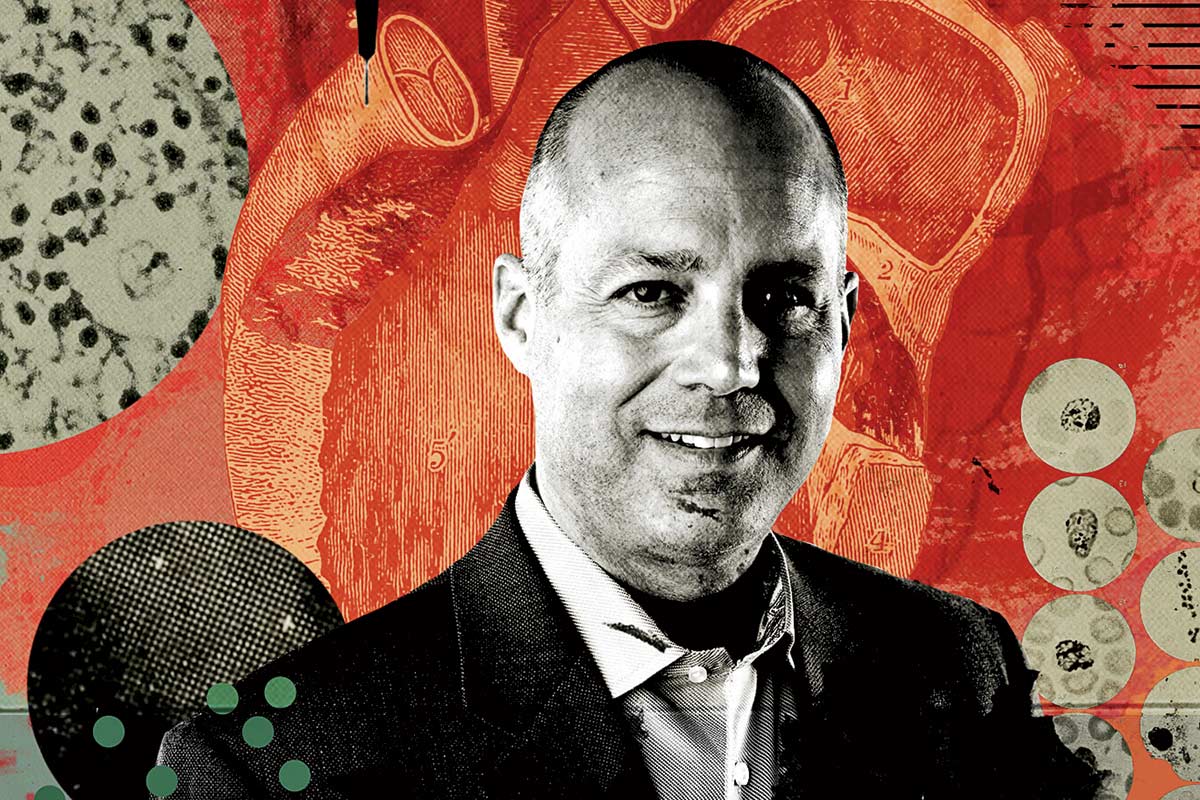The idea:Bioprinting fully functioning human hearts to be used for transplants
The aha moment:Up until seven years ago, Steven Morris owned a company that specialized in machining medical implants and surgical equipment. He became fascinated with 3D printing as a way to create prototypes faster and began to wonder if the same thing could be done with human organs.
Since then: Morris, 53, started BioLife4D in 2016, bringing on board Jeffrey Morgan, the head of cardiothoracic transplantation at Baylor College of Medicine, as chief medical officer. Bioprinting a full-size human organ has never been done. But Morris and Morgan have devised a method they believe can work that involves extracting blood cells from a transplant candidate, reengineering them into heart cells, then 3D printing the heart cells layer by layer into a functioning organ—chambers, valves, and all. Because the heart is created from a patient’s own cells, the chances of rejection radically diminish. And growing hearts in a lab fills a vast gap: Only 2 percent of patients on the heart transplant waiting list last year received an organ. In February, BioLife4D began crowdfunding to raise at least $5 million, in addition to some initial investments, toward its first goal: making a miniature heart, about the size of a newborn’s, to prove it can be done. Morris is hoping his 12-person company, based in Skokie, can accomplish that within a year or so: “It all sounds like science fiction, but I’ve come to realize it’s a technology for today.”



